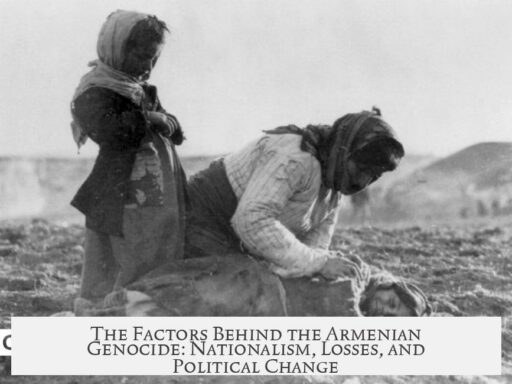Ancient Rome did have establishments similar to restaurants, called thermopolia, where people could buy ready-to-eat hot and cold foods, sit, and socialize. These places served as public eateries mainly for the lower classes who lacked cooking facilities.
Thermopolia were commercial food outlets offering meals over counters fitted with large embedded jars or vats. Such counters resemble modern delicatessens. These businesses were widespread in Roman cities, with Pompeii alone containing about 150 known thermopolia. Their locations were generally busy public areas like marketplaces, near baths, and stadiums, where foot traffic was high.
The menu at a thermopolium included simple fare. Popular items were stews, grilled meats, vegetables, breads, cheeses, and olives, along with drinks. This was convenient for those who either could not cook or preferred ready meals. The social function extended beyond eating, as these places allowed people to meet and drink together.
While thermopolia fulfilled a role similar to modern fast-food or casual dining, they were chiefly frequented by the economically modest. Wealthier Romans typically ate at home, often enjoying meals prepared by private cooks in specially designed dining rooms called triclinia. The triclinium was an indoor room with a low table and inclined couches arranged on three sides, designed for more formal and leisurely dining.
There is debate about whether thermopolia qualify fully as “restaurants” by today’s standards. Modern restaurants emphasize varied menus, formal seating, and a focus on customer service. Ancient thermopolia lacked table service and the culinary variety. Instead, they resembled takeaway counters combined with places to consume food on-site.
Besides thermopolia, Romans ate at other establishments like tabernae (taverns), popinae (informal eateries), and cauponae (inns serving food and drink, sometimes with lodging). These venues catered to lower-class laborers, travelers, and others without kitchens. Elite Romans typically avoided these places, associating them with lower social status, and where dining could be less refined.
Thermopolia sometimes had upper rooms that might serve as inns or, controversially, brothels. This hints at their role as multifunctional social spaces within the urban fabric, beyond just food provision.
The concept of restaurants as a social institution evolved considerably after the Roman era. True restaurants, defined as places offering a menu of dishes prepared to order with dedicated dining rooms, became common in Europe only in the 18th century, especially in Paris. Prior to that time, most people ate at home or at informal taverns and inns.
| Aspect | Ancient Roman Thermopolium | Modern Restaurant |
|---|---|---|
| Food Service Style | Food served at counters; mostly ready-made | Order from menu; cooked to order |
| Seating | Limited seating; informal | Formal seating; dedicated dining areas |
| Clientele | Lower classes; those without kitchens | All social classes |
| Social Perception | Dubious among elites; low prestige | Respected social venues |
In summary, while ancient Romans did not have restaurants exactly like those today, thermopolia and similar establishments served an equivalent function for much of the population. They provided accessible food and social gathering spots but without the sophistication or service model of modern dining.
- Thermopolia were ancient Roman food outlets offering hot and cold prepared foods.
- They mainly served the poor and lacked kitchen facilities at home.
- These places resembled modern delis but had no formal table service.
- The wealthy dined at home with private cooks and special dining rooms.
- True restaurants emerged in Europe centuries later, around the 18th century.




